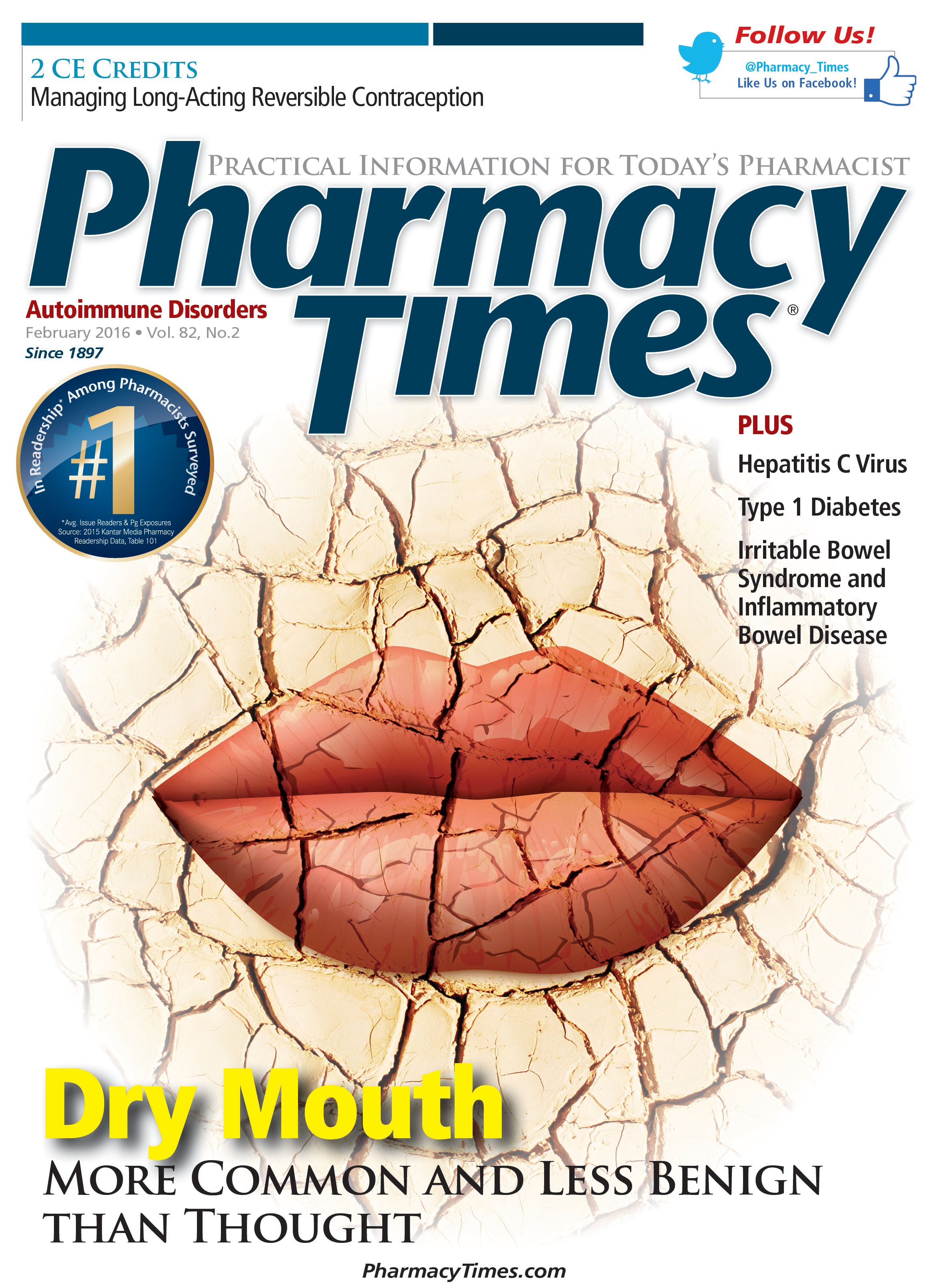Publication
Article
Pharmacy Times
Do Warfarin and Sulfonylureas Interact with Each Other?
If the assumption is correct that warfarin and sulfonylureas are competing for the same binding sites, the order of drug administration might be an important factor determining the potential outcome.
Recent study results noted hypoglycemic events in patients with diabetes who were taking the sulfonylurea drug glipizide (Glucotrol) or glimepiride (Amaryl) with warfarin.1 The study examined emergency department (ED) visits and hospital admissions for hypoglycemia in Medicare patients older than 65 years who were taking these sulfonylureas. Of the more than 450,000 patients who had at least 1 prescription for one of the sulfonylureas, approximately 71,000 also had a prescription for warfarin.
Patient exposures were analyzed by person-quarter. The number of patients with hypoglycemia taking a sulfonylurea alone was compared with patients who developed hypoglycemia while also taking warfarin during a patient-quarter. A number of secondary analyses were done to try to account for differences between the patients taking warfarin and those not taking warfarin. Differences such as comorbidities of acute myocardial infarction, atrial fibrillation, renal disease, congestive heart failure, chronic obstructive pulmonary disease, hypertension, and prior episodes of hypoglycemia were more common in patients taking warfarin. These differences can act as potential confounders, resulting in an apparent association when none exists or concealing a true association.
The Results
Hospital admission or ED treatment of hypoglycemia was more frequent in patient-quarters when warfarin was coadministered (adjusted odds ratio: 1.22). The absolute risk of hypoglycemia was small, increasing from 0.9 to 1.8 episodes per 10,000 patient-quarters for patients taking only sulfonylurea and those taking sulfonylurea plus warfarin, respectively. It was observed that the association of hypoglycemia was greater during person-quarters in which a patient was first exposed to the combination of sulfonylurea and warfarin than in later quarters of exposure (adjusted odds ratio: 2.47 vs 0.88, respectively).
The Mechanism(s)
The authors propose 2 potential mechanisms for the purported interaction. The first involves protein-binding displacement of the sulfonylurea by warfarin. The second is inhibition of CYP2C9-mediated metabolism of the sulfonylurea by warfarin. Protein-binding displacement could occur because sulfonylureas and warfarin bind to plasma albumin and each drug has been noted to be more than 99% bound.2,3 The drugs could compete for binding sites on plasma albumin. Since only an unbound drug is active, any decrease in binding would increase the pharmacologic effect. In addition, the newly unbound drug would become available for metabolism and total drug clearance would increase. This would result in the unbound drug concentration returning to the predisplacement concentration.4 Any protein-binding displacement—induced change in drug effect would quickly end as unbound concentrations returned to predisplacement values.
If the assumption is correct that warfarin and sulfonylureas are competing for the same binding sites, the order of drug administration might be an important factor determining the potential outcome. Because the patients in the study were taking the sulfonylurea when warfarin was added, the expected effect would be displacement of bound sulfonylurea and less binding of warfarin. As noted above, the first use of warfarin was the only time hypoglycemia was significantly associated with warfarin use. Multiple doses of glimepiride had no effect on warfarin pharmacokinetics or on protein binding.3
Warfarin and the sulfonylureas are substrates for CYP2C9. Therefore, competitive metabolic inhibition could occur. However, following a week of warfarin administration, no change in tolbutamide (a substrate of CYP2C9) pharmacokinetics was noted.5 If warfarin was inhibiting the metabolism of the sulfonylurea, the interaction would be expected to continue as long as both drugs are administered. Romley et al1 did not report a continuous interaction.
Summary
The results of this study do not establish a causal relationship between hypoglycemia and sulfonylurea administration, only that an association is likely. Due to the study design, it is not possible to establish a clear temporal relationship beyond coadministration during a 3-month period. A study of this potential interaction would need to carefully control for multiple factors (eg, drugs and diseases that alter CYP2C9 activity, possible dietary changes in patients with diabetes when warfarin administration is initiated, the time course and magnitude of hypoglycemic episodes, doses of the sulfonylureas and warfarin). The common use of these drugs makes it important to establish the true risk of hypoglycemia associated their use. Pending more definitive data, patients taking glipizide or glimepiride should be monitored for altered plasma glucose levels if warfarin is added or removed from their drug regimen.
Drs. Horn and Hansten are both professors of pharmacy at the University of Washington School of Pharmacy. For an electronic version of this article, including references, if any, visit www.hanstenandhorn.com.
References
- Romley JA, Gong C, Jena AB, Goldman DP, Williams B, Peters A. Association between use of warfarin with common sulfonylureas and serious hypoglycemic events: retrospective cohort analysis. BMJ. 2015;351:h6223. doi: 10.1136/bmj.h6223.
- Glucotrol [package insert]. New York, NY: Pfizer, Inc; 2013.
- Amaryl [package insert]. Bridgewater, NJ: Sanofi-Aventis, LLC; 2013.
- Hansten PD, Horn JR. Principles and mechanisms. In: Drug Interactions Analysis and Management. Philadelphia, PA: Wolters Kluwer Health; 2014:PM9-PM13.
- Skovsted L, Kristensen M, Hansen M, Siersbaek-Nielsen. The effect of different oral anticoagulants on diphenylhydantoin (DPH) and tolbutamide metabolism. Acta Med Scand. 1976;199(6):513-515.

Newsletter
Stay informed on drug updates, treatment guidelines, and pharmacy practice trends—subscribe to Pharmacy Times for weekly clinical insights.






